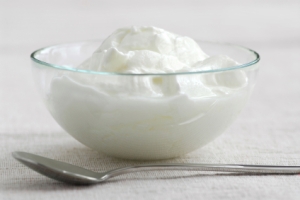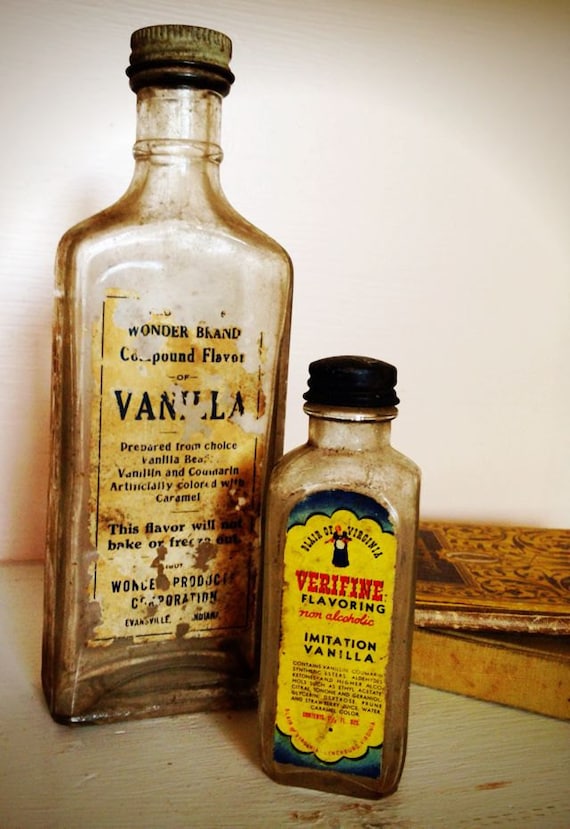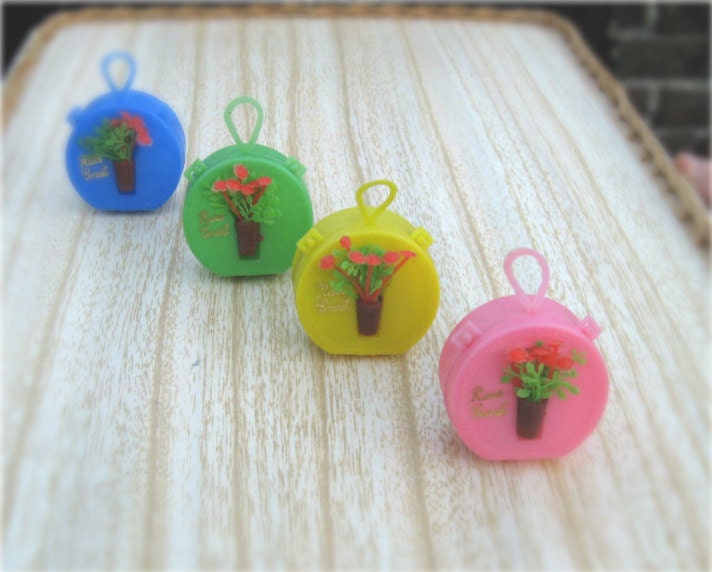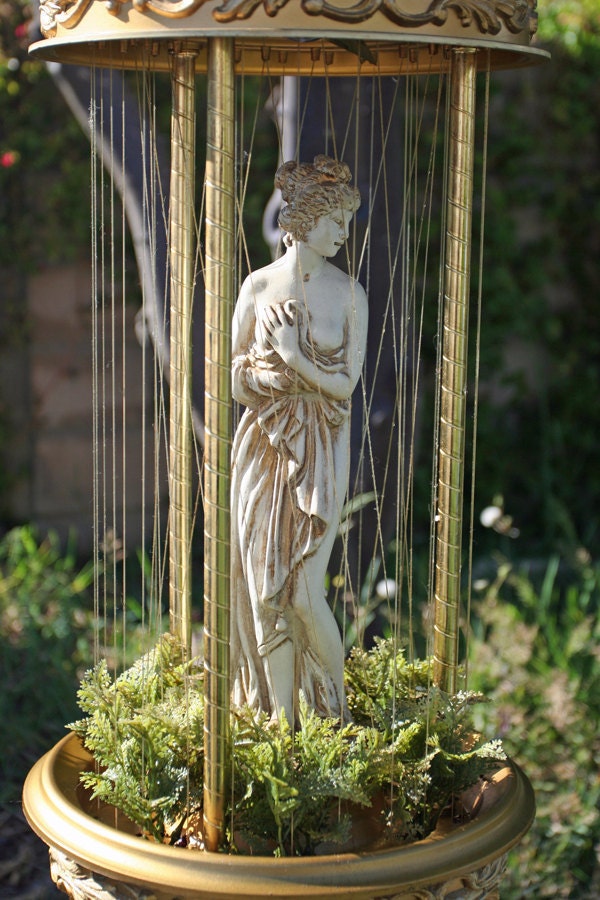Not too long ago, I came across a blog that explained how to dye buttons.
What a great idea! I had no inkling that could be done.
Now that I know, of course, I have found other sites that show how to do it, including Rit Dye, who make the most widely available dyes.
After pinning some related material onto one of my Pinterest boards, the thought stayed in my head that I could dye that huge bunch of white plastic buttons taking up space in my storage that no one seems to want because all button people have them. Of course, a fair amount of time passed before the word became the deed, so to speak.
Finally one lovely warm sunny day about two weeks ago, I decided to jump in and DYE!
My generous hubby set up a "table" for me outside on the driveway,
not far from the water tap, because of all the required rinsing.
Here is some of my equipment...
...rubber gloves (don't want rainbow hands),
instructions (always a good idea for a novice),
plastic tablecloth (to avoid dyeing the work area),
plastic tablecloth (to avoid dyeing the work area),
and the old buckets and cans for the dye mixture.
Okay, psyched up to start, but a bit nervous, I couldn't decide whether to include the buttons that still had thread on them because someone cut them off the shirt.
In the end, I used them, because why waste them?
Now I apologize for not having photos of the process, but with gloved hands and staining dye, it was too tricky.
I used the three primary colors --- who remembers what they are?

Red, blue, and yellow because they may be combined with each
other to form the secondary colors of purple, green, and orange.

So with three boxes of dye, I had access to six colors!
It took longer than I thought it would. I didn't leave the buttons in
the dye as long as the directions stated because they immediately
changed colors. I was aiming for translucent more than opaque.
A messy job to be sure, but it was interesting
to see the varying hues in the mixture, due to the different types of
plastic and their original shade.
Some were more absorbent then others.
One of the tricks is using very hot water, which aids in the absorption
of color. Also they need to be rinsed thoroughly until the water is clear,
especially if they will be used on (washable) clothing.
Of course there were a few that did not absorb any color
and they went back into the 'reject' pile...
I had a blast doing this and I was originally thinking of packaging them in cute boxes or containers of some sort and trying to sell them, but I'm enjoying them too much to part with them yet.

I used some of the orange ones in a bracelet I made and they added such a nice little light-catching touch!

Can you find them?
-*-*-*-*-*-*-*-*-
Here are the instructions, courtesy of the RIT DYE website mentioned and linked above, should you decide to try this at home:
- Rit Liquid or Powder Dye: Any color or mix dye to create a custom color.
- Measuring Cup
- Measuring Spoons
- Disposable Plastic Containers for dyeing buttons
- Spoon for mixing dyes
- Rubber Gloves
- Plastic Table Cover
- Paper Towels
Instructions
- Cover work surface with a plastic table cover.
- Decide what colors you like and prepare dye according to the basic recipe below. Liquid dyes are more concentrated than powder dyes so use half as much dye. Always test color with fabric scrap or paper towel before dyeing buttons. If color is too light, add more dye; if it is too dark, add more water.
- Basic Recipe: Measure and mix 1 teaspoon liquid dye or 2 teaspoons powder dye with 1 Cup HOT Water. Shake liquid dyes before measuring. Water should be about 140°F. If your tap water is not hot enough, heat some in the microwave or a tea kettle.
- Pour dye and water into a plastic container; stir. Make sure container is deep enough.
- Immerse buttons in dye solution for 2 to 5 minutes. Stir occasionally and check color frequently. Remove buttons when desired color is achieved. Rinse buttons. Then wash with soap and water, rinse and dry with paper towels.














































